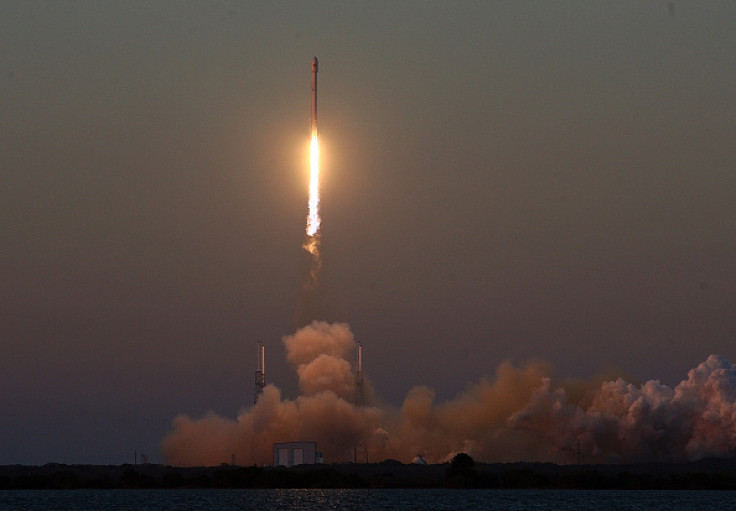ISS to receive BEAM inflatable space habitat via SpaceX Falcon 9 rocket

The International Space Station (ISS) is soon slated to receive its very first inflatable space habitat – the Bigelow Expandable Activity Module (BEAM), which will be delivered via SpaceX's Falcon 9 rocket, taking off on 8 April.
The spacecraft is expected to arrive at the ISS on 10 April, after which SpaceX's Dragon capsule will dock with the space station. The ISS's robotic arm will then retrieve BEAM from the Dragon capsule's "trunk" and proceed to attach it to the tranquillity node of the space station.
BEAM was developed by a private space company called Bigelow Aerospace, which has built inflatable space habitats in the past. However, BEAM will be their first product to be tested out on the ISS.
As part of the testing procedure, astronauts will be required to inhabit the inflatable room for a few hours at a time. However, BEAM will be used sparingly. According to the company's representatives, astronauts aboard the ISS will use it around four times a year, for the two years that it will remain aboard the space station.
BEAM deputy programme manager at Bigelow Aerospace, Lisa Kauke, said: "By attaching BEAM to the ISS, we'll be able to evaluate our technology, elevate its technology readiness level and demonstrate that we are ready to support humans in space," according to a Space.com report. However, BEAM will first have to be inflated by the astronauts, which according to Nasa project and technical integration manager for BEAM, Rajib Dasgupta, should take around 45 minutes.
BEAM has been designed in such a way that it can track environmental, thermal and radiation protection properties and is covered by a Micrometeoroid and Orbital Debris Protection layer, the ownership of both which lies with Bigelow.
Nasa has also entered into a contract with Bigelow Aerospace to test out their B330 inflatable modules, which could possibly be used to support future missions to Mars and the moon.
© Copyright IBTimes 2024. All rights reserved.






